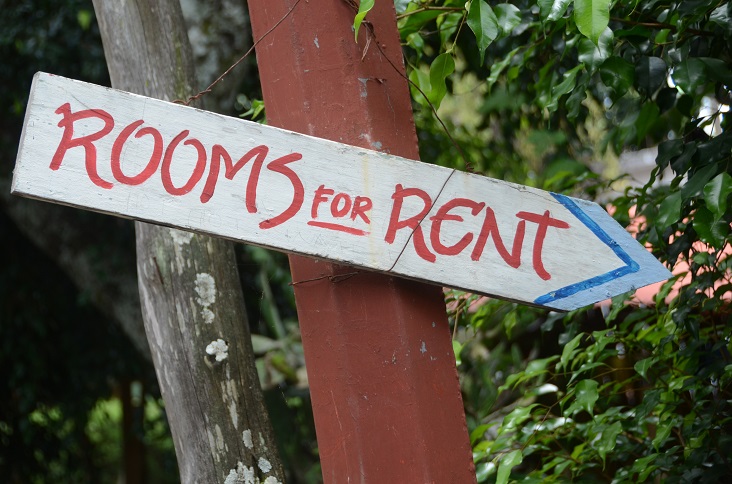For all apartment renters, no matter their financials, a living situation ultimately boils down to the dollars and cents of their budget. For nearly 5 million Americans struggling to earn a stable or livable income, Section 8 can be a hugely helpful government program that can not only help them find a place to live but also subsidize it to the point of affordability.
Formerly known as the Section 8 Act of 1937, this program can take many forms, and like so many things tied to the government, it can sometimes seem maddeningly bureaucratic. Thankfully, we dove into the main ins and outs of being a Section 8 renter to get you on your way to taking advantage of this social safety net.

Who Is Section 8 For?
Contrary to stigma, Section 8 renters as we know them today are not so much people living in substandard units but rather individuals who are forced to pay an above-average amount of their income on rent. For many, the need for a place to live means sacrificing many other basic necessities, such as: food, clothing and healthcare.
What Can I Get?
Though rates vary from state to state and even within individual municipalities, the general rule of thumb is that subsidies are capped at roughly $2,000 a month. Don’t race off looking for new digs just yet, because there are multiple factors that affect your subsidy calculation.
- Dependents, disabilities and past military service all factor into the final subsidy amount.
- For families, all income earned by all members are considered and rigorously checked yearly to ensure honesty.
- Payment is always sent directly to the renter and is tied to the various economic factors assessed when it was calculated. So no applying for a big payment in a rental hot spot like San Francisco and then using your voucher for rent in a less expensive locale.
After income calculations, most Section 8 allowances will subsidize roughly 70% of a person’s rent, reducing the portion they are responsible for to 30% of the total.

Types of Section 8:
Even though most individual states have unique rules for how they operate their Section 8 system, there are a few rules that generally hold true:
- As a federal program, most Section 8 vouchers can be accepted anywhere in the country (including Puerto Rico). However, residency requirements are in place, so unless you are a resident of the state in question, you’ll be expected to live there for a minimum of 12 months before you can leave. Also, subsidies will eventually be recalculated according to the local rules of the state or municipality you move to.
- In all instances, failure to report income changes or changes in living situation will result in expulsion from the program (and potential difficulty when re-applying).
Finding Section 8 Units:
Though some property managers are reluctant to work with Section 8 renters or simply find it economically impossible (high-income buildings or high-rent urban areas, for example), there are still plenty of units out there. Many property managers appreciate the Section 8 system, mostly because it provides a more stable payment in the form of a government check each month, and it places increased restriction on the renter in terms of maintaining the property and reporting changes in income and living situation. So even though it requires them to fill out a great deal more paperwork, it tends to recruit a more stable and rule-abiding renter than they might otherwise get.
There are several types of living situations available to Section 8 renters:
- Dedicated projects: These are often municipal- or state-run buildings that cater entirely to Section 8 participants.
- Partial dedication: Often a property manager will allot a specific number of units in a building for Section 8 renters in exchange for increased subsidy rates from the government.
- Independent: These are free-market buildings that accept certain types of Section 8 vouchers.
It’s important to note that in some states, it is illegal for a property manager to deny Section 8 applicants an opportunity to be considered for a unit, so do the research and always be aware of your rights.

Summary:
Though Section 8 may still maintain a certain stigma, it has long been a hugely beneficial program for people who are struggling to make ends meet. By providing a consistent, stable form of subsidy, Section 8 renters are often able to decrease stress, save money and improve their overall quality of life.
Though it may take extra paperwork, many individuals find Section 8 well worth the time and effort required to get approved. Be sure to check your state website to learn more about this program and whether it’s right for you.
Sources:
- https://en.wikipedia.org/wiki/Section_8_%28housing%29
- http://portal.hud.gov/hudportal/HUD?src=/topics/housing_choice_voucher_program_section_8
- http://www.hud.gov/offices/hsg/mfh/gendocs/mfhrrr.pdf

